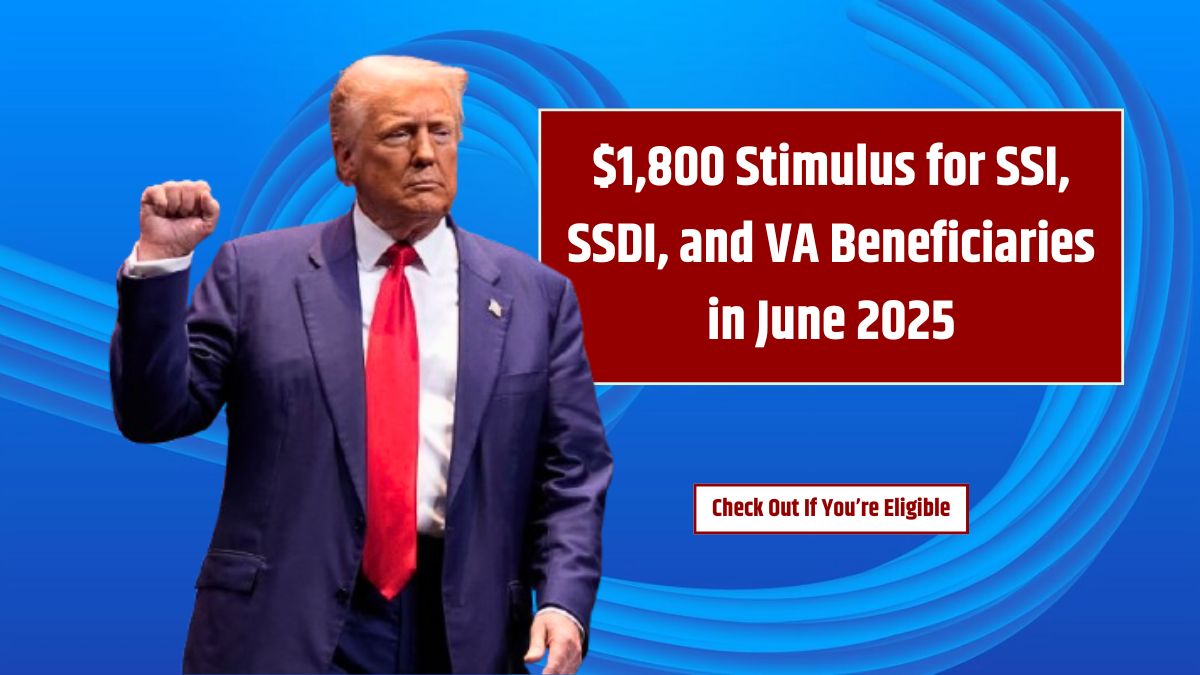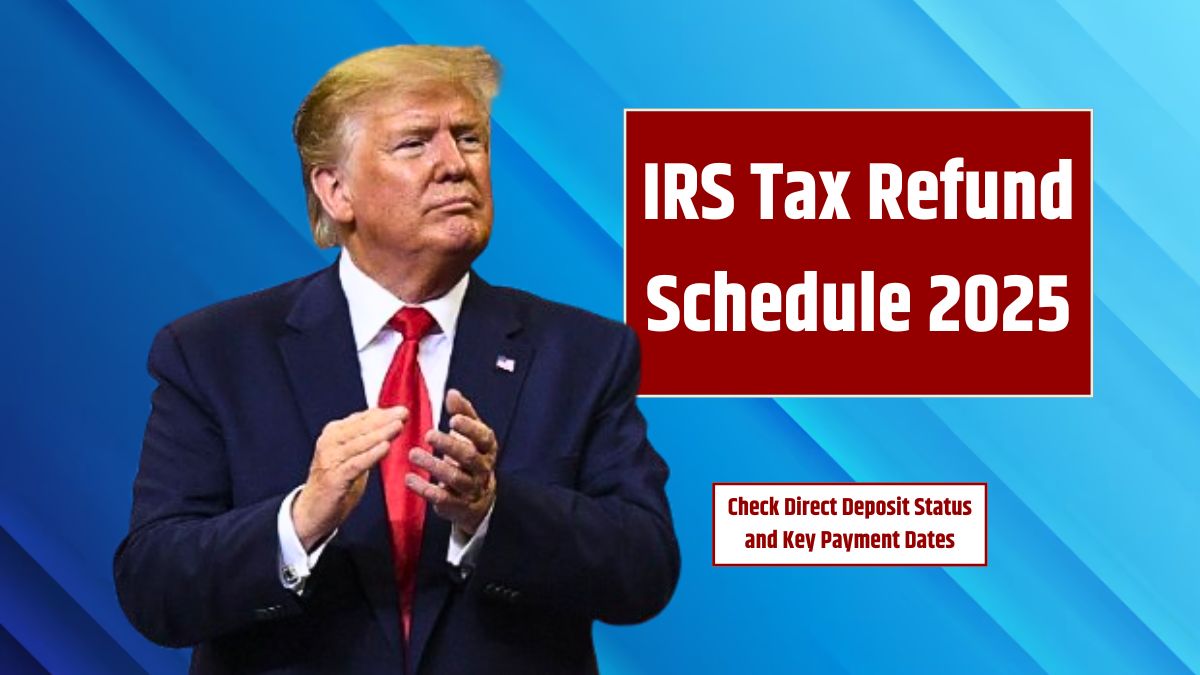If you’ve recently heard about the $485 to $1,650 stimulus check surprise payments, you’re not alone—and you might be eligible. These new relief payments are being issued by both the federal government and multiple states to help Americans weather rising costs and lingering financial stress from the pandemic era.
In this guide, we’ll break down who qualifies, how much you could receive, which states are participating, and how to claim your payment if it hasn’t arrived yet.
Overview
| Topic | Details |
|---|---|
| Payment Range | $485 to $1,650 |
| Eligibility | Varies by income, dependents, and state |
| States Involved | California, New York, Georgia, Michigan, Arizona, others |
| How to Claim | Mostly automatic, but some may need to file taxes |
| Official Resources | IRS Economic Impact Payment Portal |
These stimulus payments are aimed at low- to moderate-income households, seniors, families with children, and those who missed earlier credits. Some are federal, while others are part of state-run economic relief programs or tax rebates.
Why Are These Payments Being Issued?
These checks are part of ongoing efforts to help Americans cope with:
- High inflation
- Rising rent and grocery bills
- Lingering unemployment or reduced hours
- Missed federal credits from earlier programs
Some states are issuing payments to boost local economies or refund excess tax revenues. Others are filling in gaps left by earlier federal programs.
Who Qualifies?
Eligibility varies widely but often includes these groups:
1. Low-Income Individuals and Families
- Individuals earning under $75,000
- Couples earning under $150,000 combined
- Benefits may phase out above those thresholds
- Some states set their own income limits
2. Seniors and Social Security Recipients
- Recipients of SSI, SSDI, or VA benefits often qualify
- Most payments are automatic—no need to reapply
- Check your bank account or Direct Express card for deposits
3. Families With Dependents
- Parents with children under age 17 may qualify for added support
- Some states are providing extra funds per child
- Missed out on the 2021 Child Tax Credit? You may still be eligible for a rebate
4. People Who Missed Earlier Payments
- If you didn’t claim all three federal stimulus checks, file a 2021 or 2022 tax return
- The Recovery Rebate Credit may still be available
- Late filers are still eligible in some cases
Which States Are Sending Stimulus Payments?
While federal funds cover part of the program, many states are running their own relief efforts.
1. California
- Golden State Stimulus: Up to $1,050
- For residents who earned under $75,000 and filed 2020 tax returns
- Sent via direct deposit or prepaid debit cards
2. New York
- SNAP Boost: Extra food assistance
- Property Tax Relief: Rebates for qualifying homeowners
- Additional rent relief funds for low-income tenants
3. Georgia
- $250 for single filers, $500 for married couples filing jointly
- Based on 2021 tax returns
- Payments sent via direct deposit or check
4. Michigan
- $500 one-time payments to qualifying working families
- Expanded state earned income tax credit included
5. Arizona
- $250 per child tax rebate
- Must meet income and dependent requirements
- Payments are being distributed automatically in phases
Tip: Always check your state’s Department of Revenue or tax agency website for the most up-to-date information.
How to Claim Your Payment
Visit irs.gov or your state’s tax website to verify if you meet the criteria.
File Your Taxes
- If you haven’t filed for 2021 or 2022, submit your return ASAP
- Filing is the only way to claim missed stimulus or tax credit payments
Use IRS Payment Tools
- Visit the “Where’s My Payment” tool at irs.gov to track the status
- You’ll need your Social Security Number and filing info
Watch for Direct Deposits or Paper Checks
- Payments are usually automatic if you’ve filed recently
- Check your bank and mail regularly
- Ensure your address and banking info are up to date with the IRS
Important: The IRS will never call, text, or email you asking for personal information. Always use official government websites.
FAQs
Who gets the $485 to $1,650 stimulus?
Low-income households, seniors, and parents with dependents in qualifying states.
Is the stimulus check automatic?
Yes, for most people. Some may need to file a tax return to claim it.
Which states are sending payments?
California, New York, Georgia, Michigan, Arizona, and others.
Can I still get missed federal stimulus payments?
Yes, by filing a 2021 or 2022 tax return and claiming the Recovery Rebate Credit.
How do I track my payment?
Use the IRS ‘Where’s My Payment’ tool to check your status.










